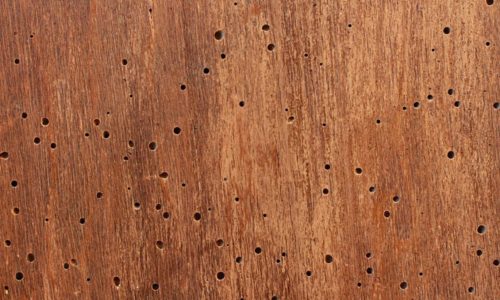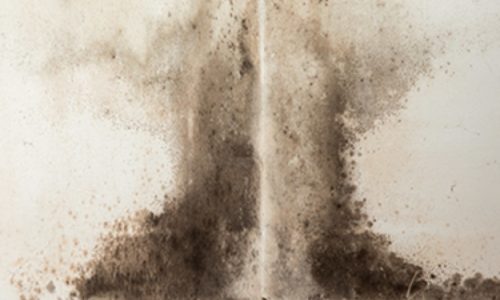Rising Damp is ground dampness the lower regions of old walls are affected by damp from the ground.
In a modern building, a watertight damp-proof membrane is placed in the block work at a low level, Damp Course level is the level between the foundation and the 1st row of blocks. This act’s as a barrier against upwardly moving ground dampness.
Rising damp brings with it destructive nitrate and chloride salts from the ground. These salts are often hygroscopic in nature. At times of high humidity the salts absorb moisture from the air adding to the overall damp problem.
The solution to rising damp in an existing property is a remedial damp proof course. This process involves removing the affected plaster and skirting boards, installing a new chemical damp proof course, re-plastering with salt resistant plaster and replacing the skirting boards.
Damprite provide experienced personnel with the necessary skill, material and equipment to carry out the work essential for a successful cure, neatly and efficiently. Equally important, this treatment will give lasting protection to ensure that there is no recurrence of the problem and treatment will be carried out under our 20 year guarantee.
In earlier times, rising ground dampness and its effects were not a serious issue, and with the exception of very far sighted practice, old stone and brick walls were not provided with a damp-proof membrane.
The result is that naturally occurring waters from the ground are absorbed by the porous materials of wall construction i.e. bedding and pointing mortars. Furthermore, the sorbed ground waters have the capacity to rise by capillary action, reaching an average height of 1.0 metre. The end result is that the affected walls are permanently damp at a low-level, being visibly affected in the form of damp staining of decorations, breakdown of plaster, deterioration of skirting timbers, window panelling timbers, etc.
Damprite Our Company provides the two main systems by which rising damp is eliminated: (A.) siliconate or a liquid chemicure injection damp proof course, and (B.) electro-osmotic damp-proof system.
However, prior to committing to remedial damp-proof treatments, with associated disruption and expenditure, it is essential that the actual cause of low-level dampness is established. Other factors could contribute; such as pipe leaks, incorrect level of damp-proof course, defective floor damp-proof course, high external ground levels, etc. We will be pleased to provide you with a specialist assessment of wall dampness report.


